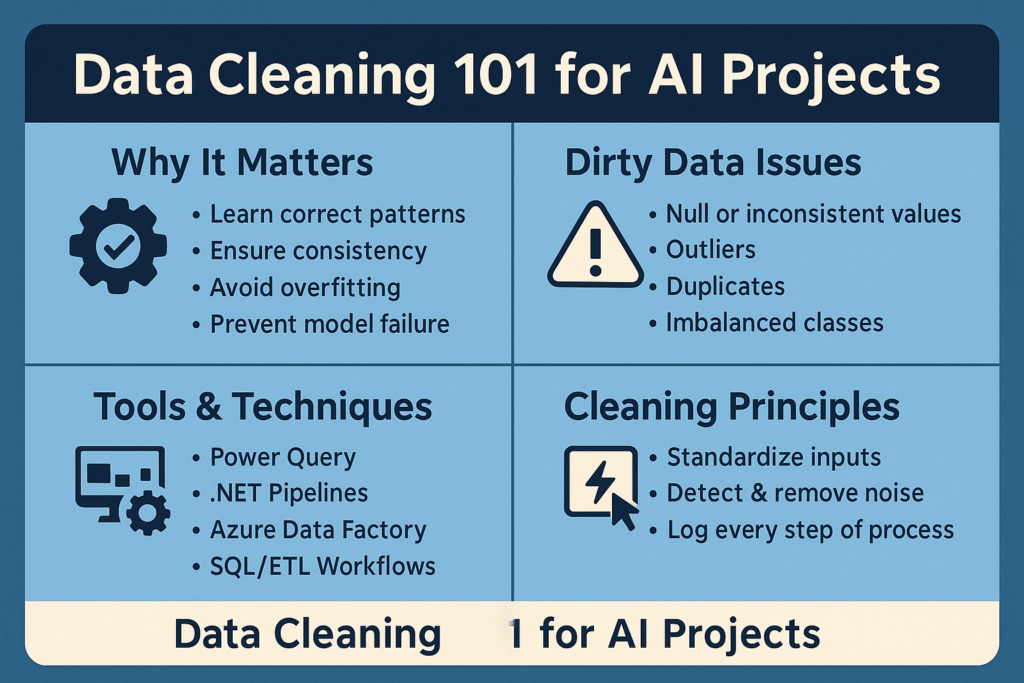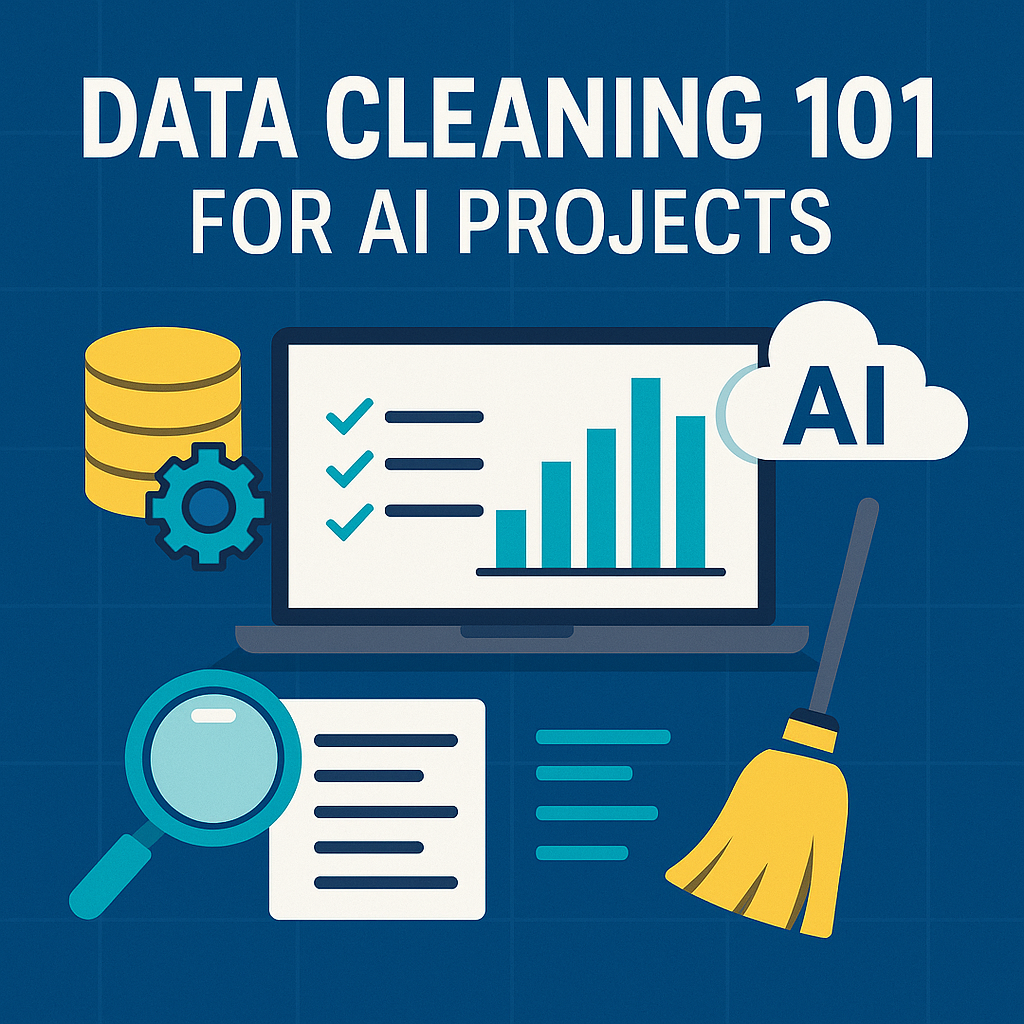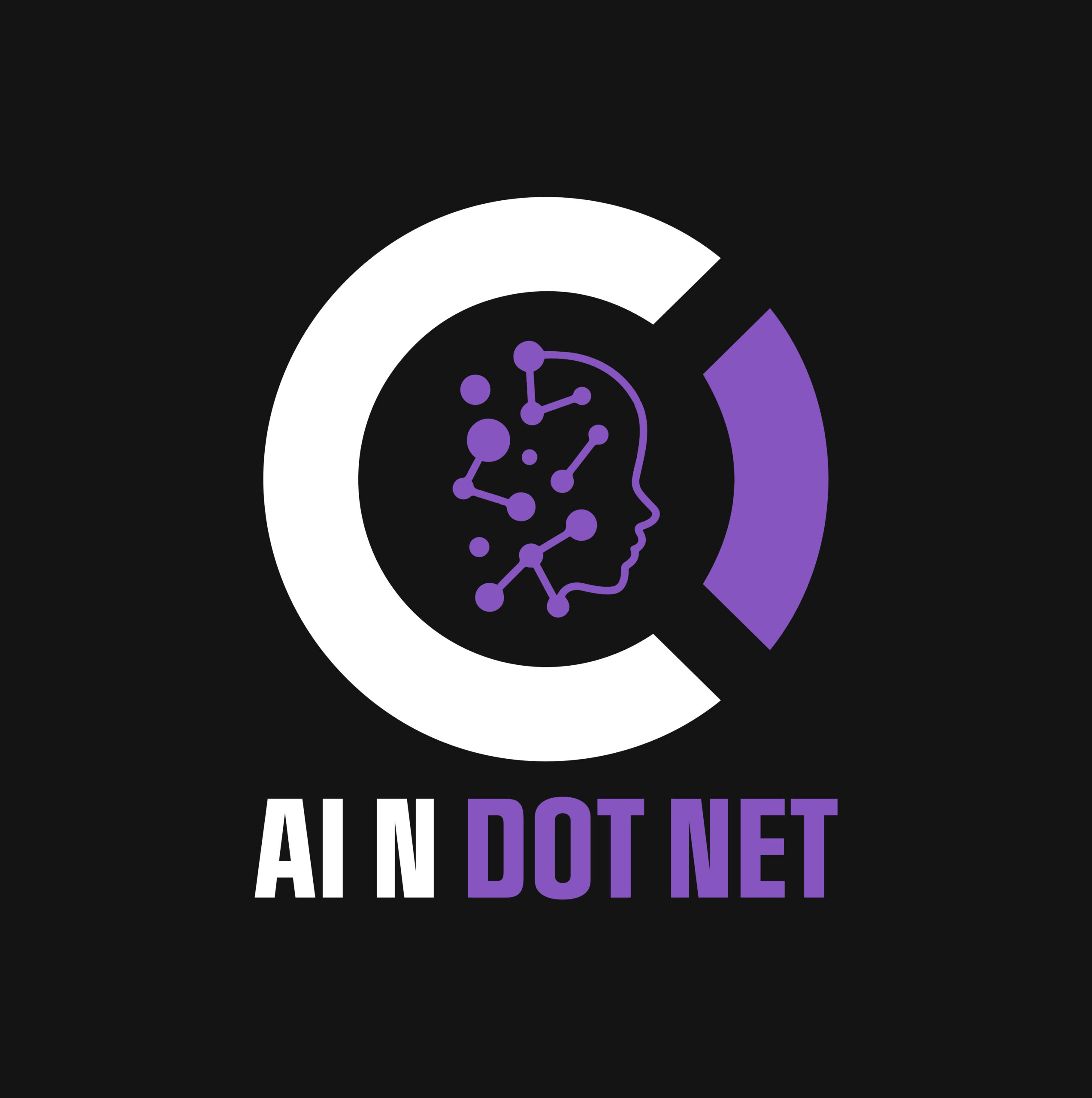You’ve got an AI use case. You’ve picked your tools—maybe ML.NET or Azure Cognitive Services. But your model keeps failing, or worse, making garbage predictions.
Nine times out of ten, the real problem is dirty data.
In this guide, we break down what data cleaning looks like for AI projects—especially inside Microsoft environments—and how your .NET team can do it right.
🧼 Why Data Cleaning Matters for AI

AI systems are only as good as the data you feed them. Without preprocessing, your models might:
- Learn the wrong patterns
- Perform inconsistently
- Overfit to noise
- Fail silently
Think of data cleaning as quality control for your AI pipeline—not a one-time setup task.
🧮 What “Dirty Data” Looks Like
Common culprits in Microsoft-centric datasets:
- Null values in fields like dates, categories, or metrics
- Inconsistent formats (e.g., “NYC” vs. “New York” vs. “N.Y.”)
- Outliers that skew regressions or anomaly detection
- Duplicated rows inflating patterns
- Imbalanced classes creating model bias
- Text encoding issues in multilingual data
🔧 Tools & Techniques for Cleaning AI Data in Microsoft Workflows
You don’t have to be a data scientist or DBA to clean data effectively. Although it’s great when they prepare the data. Here are five approaches you can use across a Microsoft stack:
🧰 1. Use Power Query (for early-stage cleaning)
- Great for analysts and BAs working in Excel or Power Platform
- Provides deduplication, format normalization, filtering, and merging
- Works in Power BI, Excel, and Power Apps
💻 2. Use ML.NET Pipelines in C#
- Use
IDataViewwith transformers likeMissingValueReplacingEstimator,OneHotEncodingEstimator - Enables testable, repeatable pipelines
- Ideal for .NET developers embedding AI in apps
☁️ 3. Use Azure Data Factory or Synapse for Scalable Pipelines
- Excellent for enterprise-scale ETL
- Supports Power Query syntax via Data Wrangling flows
- Can ingest from databases, lakes, APIs, and flat files
🗃️ 4. ETL in SQL Server (for DBAs or SQL-first teams)
- Ideal for teams more comfortable with SQL than .NET
- Allows stored procedures, scheduled transformations, or SSIS workflows
- Keeps heavy data wrangling closer to your data layer
- More on ETL process
⚙️ 5. .NET Console App for ETL and Custom Cleansing

- Lightweight, flexible for small and mid-size projects
- Integrates well with ML.NET pipelines or Azure SDKs
- Useful for merging logic, file-based ingestion, or API fetches
- Lets you apply custom logic with logging and automation
Choose tools based on your team’s strengths and scale of data.
Power Query or console app for fast starts.
Azure Data Factory or SQL Server for serious pipelines.
🧠 Cleaning ≠ Manipulating
Cleaning is not changing outcomes—it’s clarifying them.
You’re making data machine-readable and accurate, not forcing it to fit your story.
Key principles:
- Detect noise early
- Standardize input formats
- Keep a log of all transformations
✅ Before & After: What Clean Data Looks Like
| Field | Dirty Value | Clean Value |
|---|---|---|
| City | “N.Y.”, “New York”, “NYC” | “New York” |
| Revenue | (blank) | $0.00 |
| Date | NULL | “2025-04-01” |
| Language | “EN”, “eng”, “English” | “English” |
| User ID | Duplicated | Unique values |
Even these minor corrections can change your model’s performance dramatically.
🔄 Where Data Cleaning Fits in AI Projects
| Phase | Cleaning Activity |
| Before training | Remove nulls, duplicates, outliers |
| During prototyping | Watch model behavior for edge cases |
| Before deployment | Freeze schema and transformations |
| Post-deployment | Audit ongoing data inputs |
👥 Role-Specific Advice
- Developers – Automate cleaning in C# or ML.NET, and treat it like part of your pipeline—not a one-time task.
- Project Managers – Budget for cleaning. It’s not “extra”—it’s mandatory.
- Executives – Ask teams not just about algorithms, but about data readiness. Models can’t outperform the data they learn from.
🧠 Final Thought
The best model in the world can’t save you from flawed inputs. If you’re using .NET for AI, don’t jump into modeling until you’ve stabilized your data.
Want better predictions? Start by cleaning house.
Want to stay ahead in applied AI?
📑 Access Free AI Resources:
- Download our free AI whitepapers to explore cutting-edge AI applications in business.
- Check out our free AI infographics for quick, digestible AI insights.
- Explore our books on AI and .NET to dive deeper into AI-driven development.
- Stay informed by signing up for our free weekly newsletter

